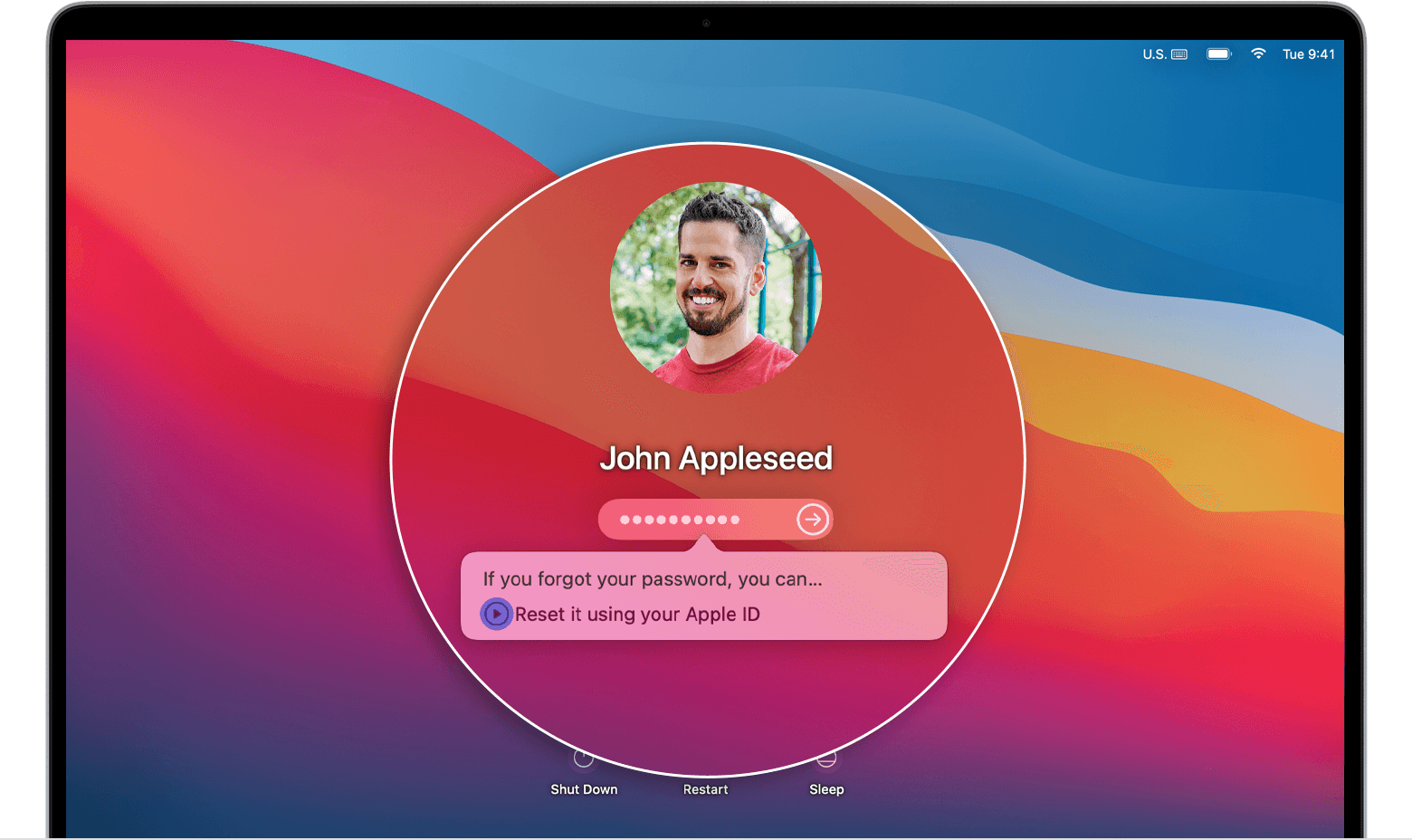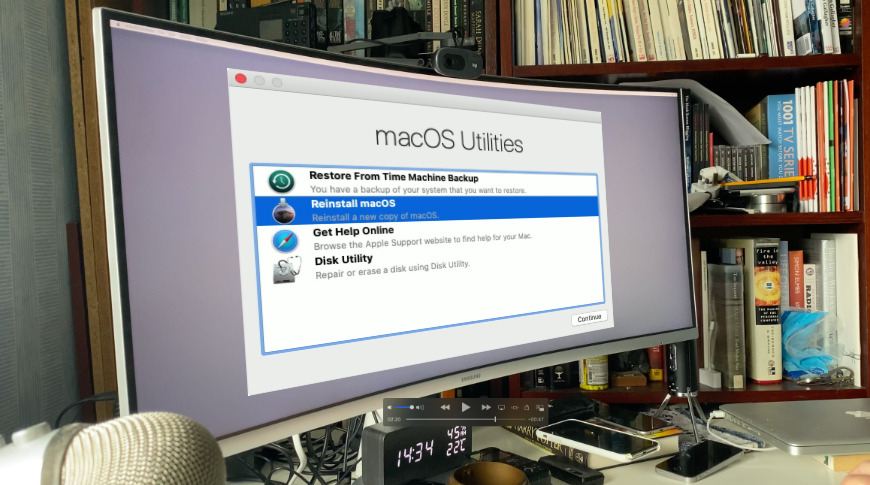

- HOW TO RESTART A MAC DESKTOP WITH MAC HOW TO
- HOW TO RESTART A MAC DESKTOP WITH MAC MAC OS
- HOW TO RESTART A MAC DESKTOP WITH MAC INSTALL
- HOW TO RESTART A MAC DESKTOP WITH MAC FULL
- HOW TO RESTART A MAC DESKTOP WITH MAC SOFTWARE
We’ll now walk you through the different stages of setting up a Windows-Mac OS dual boot using Boot Camp. All Intel based Macs nowadays come with a preinstalled application called Boot Camp, which assists you with the Windows installation process.
HOW TO RESTART A MAC DESKTOP WITH MAC SOFTWARE
And in this regard, Apple provides in-house software that can help you set up Windows on your Mac and the best part is that it’s free. If you consider using only one OS at a time, or if your hardware is not powerful enough, you can dual boot Windows with OS X.

But before proceeding any further, ensure you already have a legitimate copy of your preferred version of Windows, as that won’t be included with any of the solutions explained below.
HOW TO RESTART A MAC DESKTOP WITH MAC HOW TO
We’ll now demonstrate how to set up and work with dual boot and virtualization. In the end, it’s up to you to pick your best option. If hardware specifications aren’t much of a concern, you may implement either dual boot or virtualization depending on how you want to use the two operating systems.
HOW TO RESTART A MAC DESKTOP WITH MAC MAC OS
But system performance aside, if you want to run Windows applications on Mac OS or access data and switch between the two OS frequently, virtualization is more suitable. Dual booting is a better option when you need dedicated resources for getting the job done. Unless your Mac is configured with sufficiently high-end hardware, running Windows on it using virtualization may affect the performance of your Mac as a whole, which in turn might lead to poor user experience on both Windows and OS X. However, the two OS in this case need to share the available hardware and thus have limited access to resources.Īs you can guess, virtualization requires extensive hardware resources in order to simultaneously run two or more operating systems. Alternatively, running Windows inside a virtual machine allows simultaneous access to both Windows and OS X. But in order to switch from one OS to the other, the system needs to be restarted. Dual booting Windows with OS X lets both operating systems to fully utilize the available hardware. The other option is to run Windows inside a virtual machine running on OS X.īoth of these alternatives have their own advantages and disadvantages. One option is to dual boot Windows with OS X.
HOW TO RESTART A MAC DESKTOP WITH MAC INSTALL
There are primarily two ways to install Windows OS on a Mac. 1.2.2 Setting up Parallels Desktop and installing Windows.1.1.2 Setting up Boot Camp and installing Windows.Finally, for additional reference, see Michael Johnston's " Mavericks: Accessing the Shut Down Dialog via the Power Button. There are other methods as well, but this is getting a bit far afield for a single Quick Tip.

You'll need an administrator's password to do this.

( System Preferences > Sharing > Remote Login must have been previously enabled.) Then you can enter: > sudo shutdown -r now It may well be that the mis-behaving Mac can still respond to the low-level SSH command. One well-known way is to try to SSH to the frozen Mac from another computer. Then you can use the Power button to restart the Mac.įor those physically separated from the Mac, there are several ways to reboot a misbehaving Mac remotely. Again, unsaved work will generally be lost. That will force the Mac to completely shut down.
HOW TO RESTART A MAC DESKTOP WITH MAC FULL
(This works even if you have a recent Mac without an optical drive.)įinally, as a last resort, or if the Mac isn't responding to the keyboard, you can hold the Power button down for a full 5 seconds. There will be no dialog box as the Mac restarts, and you will generally lose unsaved work at this point. However, if that doesn't work for some reason, and/or the dialog box fails to appear, and you need to force a restart of the Mac immediately, you can try: Command + Control + Media Eject If you elect to restart or shutdown, and if things aren't too hosed up, you'll be offered chance to save your work in each open application that's still responding. where the "+" sign means hold these keys down at the same time. However, if you hold down the Power button for 1.5 seconds, then let go, you'll get the Restart/Sleep/Shutdown dialog box.Īn alternative way to bring up this dialog box immediately, if that 1.5 second hold isn't practical, is: Control + Power button In Mavericks, if you quickly tap the Power button when the Mac is powered up, it will put the Mac to sleep. The first thing to know about Mavericks is that it changes the behavior of the Power button. Here are some simple techniques to force a restart your Mac with escalating abruptness. Occasionally, a Mac can become stubbornly uncooperative and refuse to accept inputs.


 0 kommentar(er)
0 kommentar(er)
